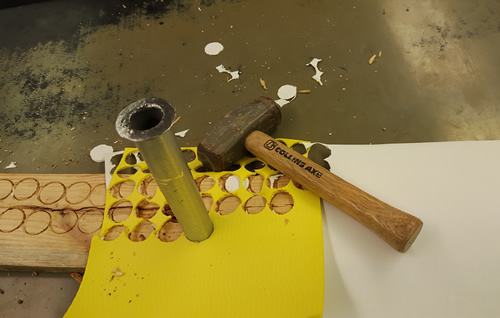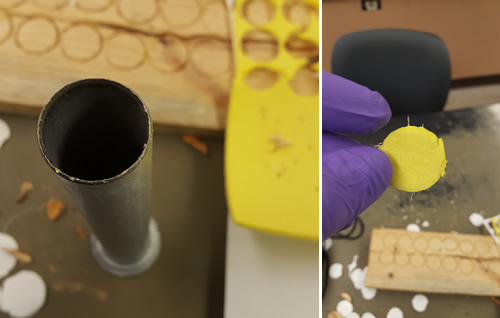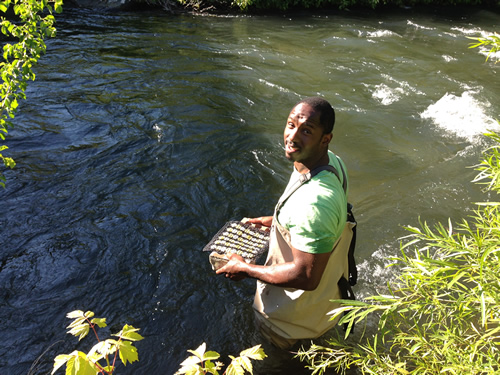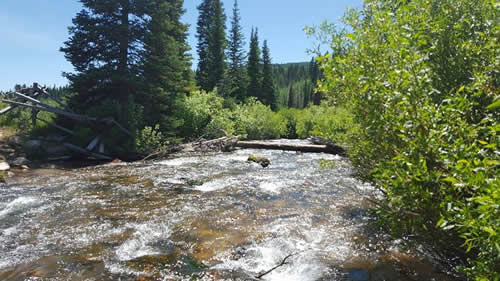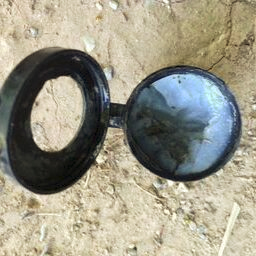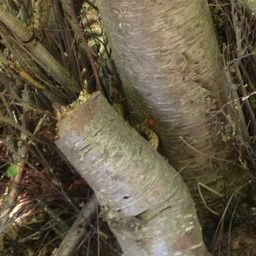iUTAH Team - Undergraduate iFellows
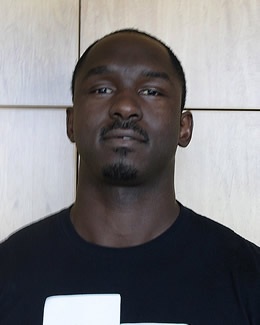
Donald Long
Southern Utah University
Mentors:
Faculty: Michelle Baker, USU
Graduate: Beth Ogata, USU
Research Focus:
Research Focus Area 1
Major:
Biology/Nutrition
Biography:
Donald is a senior majoring in Biology and Nutrition, and minoring in Chemistry. He feels that the diseases we encounter currently are more chronic in nature, and a large proportion of the symptoms are a result of the endocrine system’s signal functioning to stimulate or repress biochemical activities in an attempt to eliminate the problem which may stem from lifestyle or genetic defects. His overall mission will be to investigate how the external environment influences our internal environment through fields of research such as epigenetics, dietetics, and ecology. As a physician, he plans to develop effective protocols for dealing with these chronic diseases through a holistic approach that brings together allopathic medicine, nutrition, and lifestyle modification.
Weekly Recap:
Week 1 | Week 2 | Week 3 | Week 4 | Week 5 | Week 6 | Week 7 | Week 8 | Week 9 | Week 10 | Week 11
Week 1: May 18-22, 2015
Unfortunately, I could not attend the iFellow orientation but I was at a truly amazing conference, Society of Freshwater Sciences. This was a once in a lifetime experience. It was so exhilarating to hear about the latest problems and developments on global freshwater systems knowing that we, as scientists, are taking initiative in disseminating pertinent information and getting involved in policies regarding our freshwaters. A colleague and I presented what we have been doing in conjunction with iUTAH and received valuable input from top experts that will help us further the project into new avenues. Overall it was a truly astounding week and has reinforced the flame of inspiration for my undergraduate research project at Utah State University.
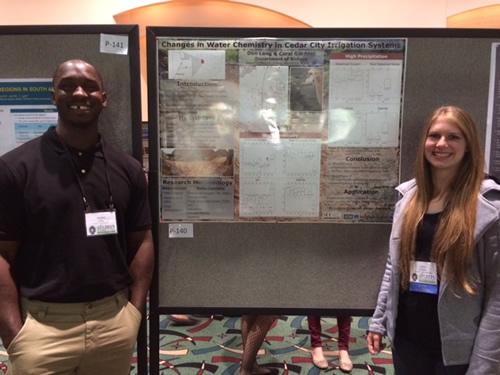
Don and a colleague presenting an iUTAH research project, "Changes in Water Chemistry Cedar City, UT
Week 2: May 25-29, 2015
Besides all the paperwork that had to be done, I had an amazing first week at USU. I'm becoming familiar with my surroundings and found out that if I need a unique apparatus that is not readily on hand, I can visit the machine shop for customization. If I need some type of chemicals or safety equipment for dealing with such items, we go to the Chem Store. We recently used our p-card to purchase a refrigerator and boots for when I'm out in the field! I'm really excited about my time at USU. I feel it's going to be an unforgettable experience.
Week 3: June 1-5, 2015
This week was more intensive than the former as we began to execute our experimental design. We have three big sites where we will be testing the effects of nutrients and pharmaceuticals on biofilms: Logan, Red Butte, and Provo River. We manufactured thirteen different treatments and 130 replicates! It was a monumental task that was completed with the help of two USU Native American interns named Logan and Dino. We then deployed the replicates into the Red Butte River with the help of Michelle Baker, Caitlyn Lewis, Dino, and Logan. The rivers were then measured for various parameters such as temperature, dissolved oxygen, and light penetration. Long hours were spent on the job this week and we still have two more sites to repeat the process! This was a very exciting week. I am eager for the weeks ahead!
Week 4: June 8-12, 2015
This was a heavy week! We executed our second and third deployment. The second deployment was allocated in the Logan River, while the third deployment was placed in the Provo River. Substantial hours were spent in the lab during the week manufacturing the deployment apparatus, and 12 hours was spent on Friday executing the deployment. These replicates will remain in the rivers for a number of weeks in which they will cultivate biofilms that are being exposed to various nutrient and pharmaceutical combinations. They will then be pulled out of the river and various parameters will be measured to see the effects the various substrates. A little word of advice to my fellow researchers who are out in the field: Guard your research notes with your life and make sure you have a back-up copy! Our notebook, which had weeks of pertinent information, just about got washed down the river into oblivion. That would have been a very tragic day.
Week 5: June 15-19, 2015
We have allocated our fourth and final deployment at two sub sites in Logan, UT: the stream in the mountains and as it exits town. We had another intensive week of manufacturing the deployment apparatus. We will begin on the second phase of our project next week. This is where we will go out to the sites of our first and second deployments and measure nitrogen fixation, respiration, photosynthetic activity, and create a standard iron curve to see if it's a limiting factor. This project just gets more exciting by the minute! On Tuesday and Thursday of the upcoming week we will have to wake up at 4am in the morning (talk about being dedicated) to measure light penetration accurately at the sites. The results will be interesting, and I'm looking forward to interpreting the data.
Week 6: June 22-26, 2015
This was an epic week which involved running diagnostics on bio-films that had been incubated in the Red Butte site for 3 weeks. We were testing on site for respiration, productivity, and nitrogen fixation. The disks were then collected for further analyzation of chlorophyll a content, 16s rRNA profile, and algal taxonomy. Some of our disks were severely deteriorated from decomposition, eaten by some type of vertebrate, or swept away by the stream. It's a good thing we made so many replicates!
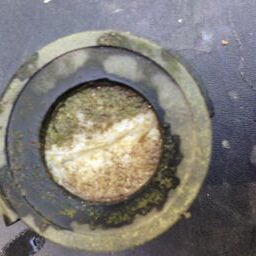
Bio-film growth after 3 week incubation
Week 7: June 29-July 3, 2015
This week we started on the Provo River. It was an extremely long day because the Red Butte site involved 19 hours. This is being dedicated to the cause. The site had a substantial amount of growth evident on the disks than the previous Red Butte site. The day entailed the same diagnostics as the previous site. We only had two disks lost at this site vs 20 + at Red Butte. This made for a longer day but was worth it as we have a larger replicate pool. The current was really strong in this stream and left me pretty tired and exhausted at the end of the day.
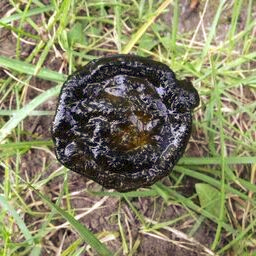
Massive growth on replicates
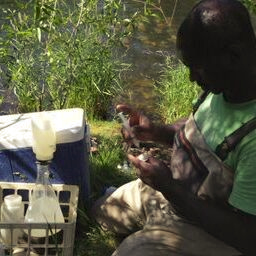
Injected samples with acetylene gas in order to measure nitrogen fixation
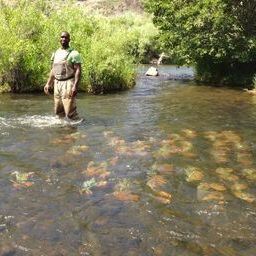
Wading in the water
Week 8: July 6-10, 2015
We switched emphasis in the early part of the week to our dose dependent project. The discs were still in good condition after 3 weeks of incubation in the Logan River. The replicates were put on nutrient diffusing substrates and place back into the stream in order to see how diphenhydramine (an active ingredient in Benadryl) effected the biofilms via direct exposure at varying concentrations. The latter part of the week was dedicated to finishing up the diagnostics and retrieval of the replicates at the Provo River.

Discs in great condition after 3 week incubation
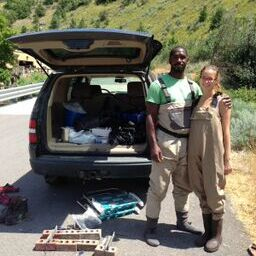
My lovely girlfriend lending a helping hand
Week 9: July 13-17, 2015
We are now winding down from the field base phase of our project. We just finished up diagnostics and retrieval of replicates at our final site, the Logan River. These diagnostics included dark incubation (measures respiration: heterotrophic), light incubation (measures net productivity: autotrophic), and acetylene reduction (measures nitrogen fixation). The disc samples will then be sent off to specialty labs to attain community composition via algal taxonomy and 16s rRNA identification. In the upcoming weeks, we will enter our final phase of the experiment, data input and interpretation.
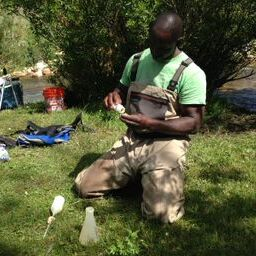
Generating acetylene gas incubation
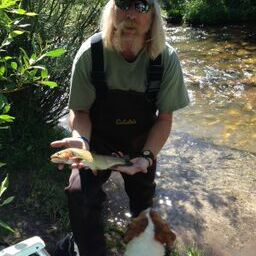
Gift from a local fisherman
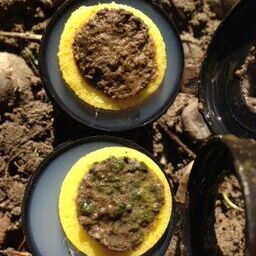
Physical characteristics of sponge discs from the Logan River urban siten
Week 10: July 20-24, 2015
This is our final week. I'm really going to miss all the camaraderie I've developed here. I've established far more than business relationships. I've established a family. This week we finished up our dose-dependent project field work. We will now begin data analysis and input. I will still be collaborating with Beth and Michelle while I am back in Cedar City, UT via Internet and phone communication. The fun continues!

Final Field Day incubation


Masses of these larvae all over
Week 11: July 27-31, 2015
No Entry

